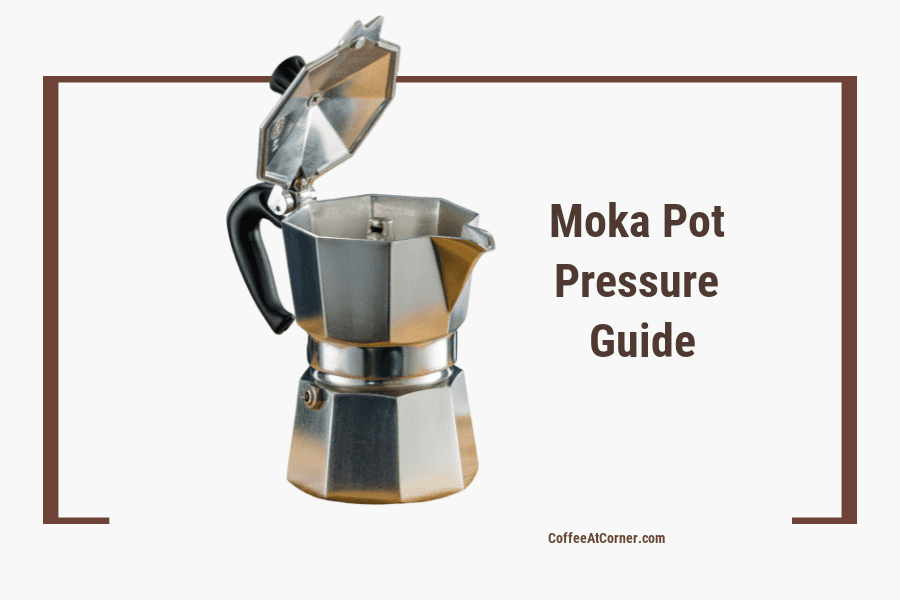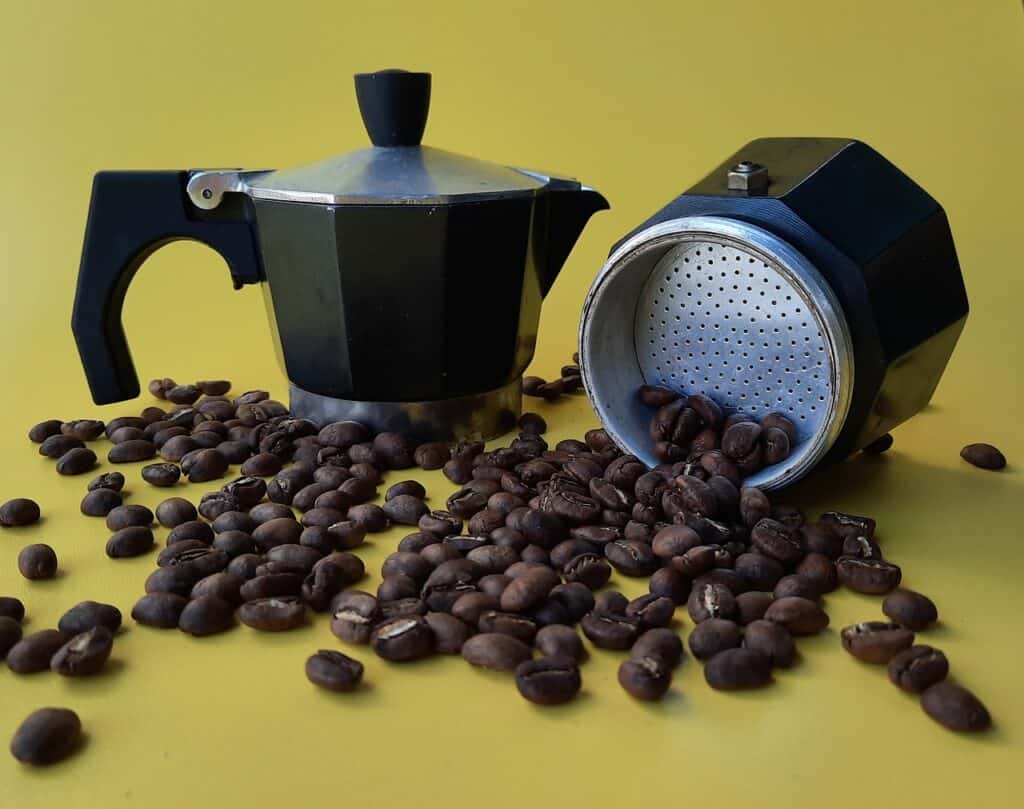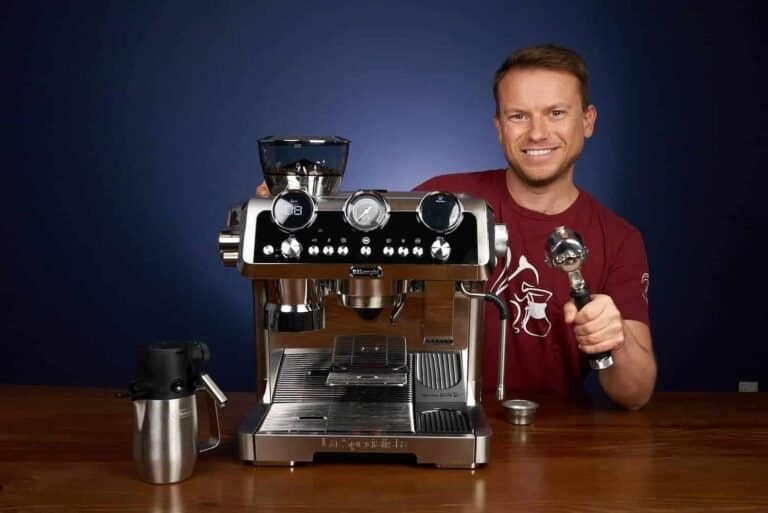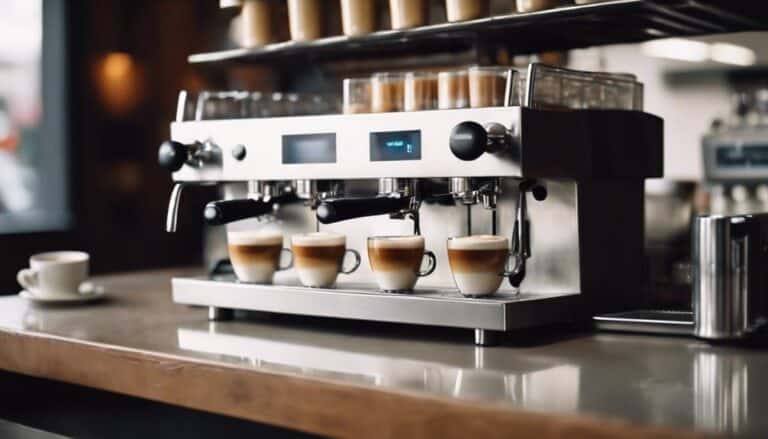moka pot pressure guide

When brewing espresso, the pressure inside your machine must be higher than outside air pressure for your brew to succeed.
The standard for pressure measurement is Pascals (Pa). The amount of pressure necessary to achieve a specific result such as extracting a liquid from its source is measured in atmospheres (ATa).
At atmospheric pressure, most liquids expand when they warm up. A reduction in the volume of liquid needed to achieve the same level of extraction is called “reserve” or “body” and is affected by factors like temperature, water hardness and even the type of beans used.
A lower-pressure machine has less steam capacity, which means it takes longer to pressurize and brew.
If you have a commercial machine with a built-in pressure regulator, it may take several minutes for the machine to reach operational pressures.
That’s why using a good conical design Moka pot can help you get great results more quickly.
Moka Pot or Espresso Machine?
Which is better for you? Your first decision is whether or not to go with a Moka pot or espresso machine. The answer will depend on the type of drink you like; either one can make a quality cup of coffee.
The pros of getting a Moka pot are that you don’t need to buy any additional devices, the resulting brew is rich in flavor and aroma, and it takes less time to make than an espresso machine.
The cons are that the pot can be hard to clean and difficult to regulate temperatures if your machine doesn’t have built-in temperature control.
How to choose a good moka pot
One of the major benefits of using a good moka pot is that it can help you get great results more quickly.
There are a few things to consider when choosing a moka pot for your espresso machine, like whether or not the pot has a built-in pressure regulator, which helps your machine reach operational pressures faster.
You should also make sure that the size of the opening on top of the moka pot matches that of your coffee maker’s portafilter when using an external pump.
Finally, you should look for pots with handles that are made out of metal or heat resistant plastic to ensure a long life and safe use.

Measure air pressure and water temperature before brewing
The pressure required to extract the espresso from the beans is measured in atmospheres (ATa).
If you are brewing a very dark roast, for example, this may be between 8 and 10 ATa. The higher the pressure, the more evenly extracted your brew will be.
For a light roast that’s more delicate, this may be between 4 and 6 ATa. It is important to measure both air pressure and water temperature before brewing in order to get the best results possible.
Set your espresso machine to the required pressure
A pressure gauge is a very important tool for the home barista. You should always ensure that your machine has the required amount of pressure to extract the best possible shots.
This is done by setting your machine to the required pressure and then using a gauge to make sure you are at that level each time you brew.
For espresso, it’s important that you set your espresso machine to 1.35-1.5 Bar (15-17 psi). Most machines have a pressure regulator that allows this level of pressure.
If you don’t have a built-in regulator, consider getting one with a built-in gauge so you can keep track of how much pressure is in your machine at all times.

Heat the water in the moka pot
before pressure-brewing If you don’t heat the water in your Moka pot before pressure brewing, the temperature of the water is often too low to force the necessary expansion.
This increase in temperature will affect extraction time, which can lead to poor results and disappointments.
To avoid this issue, we recommend heating your water in a separate vessel before adding it to your Moka pot.
Finishing touches before serving the espresso
The first step when making espresso is to clean the machine, grind the beans and tamp them.
Next, pour hot water into the portafilter basket, followed by ground coffee. The last step is to place the portafilter over the grouphead and insert a filter.
Finally, add just enough cold water to saturate all grounds before you begin brewing. At this point, your machine should be at optimal pressure and you’ll now need to watch carefully as the shot brews.
To make sure it brews evenly, check that your steam wand is at the appropriate level and has not been damaged during cleaning – if it has been damaged it will cause uneven extraction of espresso from your machine.
Once the espresso has brewed, use a fine mesh strainer to remove any remaining grinds from your shot.
What is the ideal pressure for espresso?
The ideal pressure for espresso extraction is about 9 to 13 bar. This means that the inside and outside of the pot must be subjected to a pressure differential of about 9 bar or more.
If you don’t have an espresso machine with a built-in regulator, it may take several minutes to reach these pressures.
Final Words
A good conical design moka pot can help you get great results more quickly. It’s easy to use, and it’s the perfect choice for espresso drinkers who want a quick and consistent shot.
Moka pots are excellent for espresso enthusiasts because they offer one of the best brews for achieving the ideal texture for that coffee.
They’re also significantly cheaper than commercial machines, making them a good option for those who don’t have access to those types of machines or are looking to save money on their coffee habits.
FAQs
What is the difference between atmospheric pressure and pressure in a espresso machine?
There is no relation between pressure and extraction. Pressure and extraction are two different things.
Pressure is the amount of force exerted on an object due to the surrounding environment.
Extraction is the process of pulling flavors and essences out of coffee beans, which is a function of pressure, taste, and grind size.
How does temperature affect pressure in an espresso machine?
The pressure inside an espresso machine is much lower than outside air pressure.
This pressure must be maintained throughout the brewing cycle to ensure that all the liquid passes through the grounds, producing a properly extracted espresso.
The pressure inside an espresso machine is typically around 42-44 psi, which is typically higher than atmospheric pressure by 7-10 pounds per square inch. The automated espresso machines with PID technology (proportional, integral, derivative) maintain the appropriate brewing temperature during cycle and regulate extraction time automatically.
All these factors combine to produce a perfectly brewed espresso in the most consistent way possible, every single time.
How does water hardness affect pressure in an espresso machine?
– Water hardness does not affect pressure in espresso machines; it only affects the brew quality.
– It depends on the espresso machine you own and the type of beans you use.
– It can make the espresso taste slightly worse.
– It has little to no impact on the quality of the espresso.






One Comment